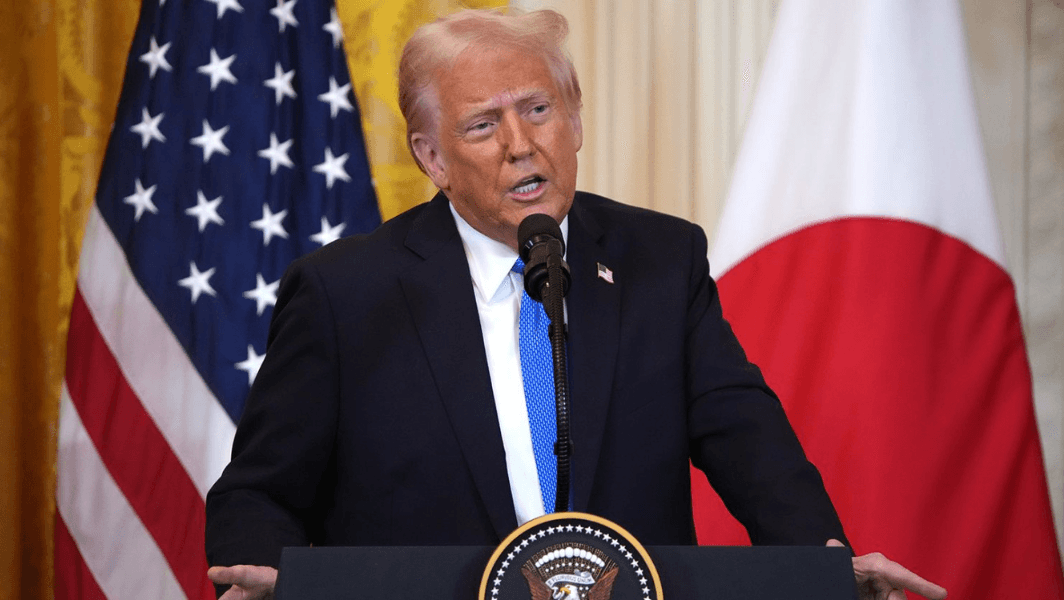
Trump's Tariff War: Understanding Reciprocal Tariffs and Their Impact
New Trade Policy Could Target Emerging Economies and EU VATs
US President Donald Trump has threatened to impose reciprocal tariffs on foreign imports, signaling a new phase in his ongoing trade war. Dubbed "the only fair way" to trade, the policy aims to match tariffs imposed on US products by other nations, potentially escalating tensions with emerging markets like India and the European Union.
What Are Reciprocal Tariffs?
Reciprocal tariffs are a "tit-for-tat" trade policy, where the US would impose the same tariff rates on imports as foreign countries apply to American goods. Trump, during his campaign, vowed an "eye for an eye, a tariff for a tariff, same exact amount."
Economists suggest different ways to implement this:
-
Product-based approach: Matching tariffs on specific goods, which could raise US tariff rates by about two percentage points.
-
Country-based approach: Aligning tariffs with overall national averages, affecting high-tariff countries like India and Thailand.
However, some areas like apparel, sugar, and pickup trucks already have higher US tariffs, making product-specific matching more complex.
Who Will Be Affected?
A broad tariff hike could disproportionately impact emerging market economies that have high duties on US imports. Countries such as India and Thailand, which impose higher average tariff rates, could face significant repercussions.
-
Trump has previously called India a "very big abuser" in trade.
-
Poorer nations often rely on tariffs as revenue sources, making them vulnerable to this policy shift.
-
Countries with existing free trade agreements (FTA)—Canada, Mexico, South Korea—are expected to face minimal impact.
Challenges and Uncertainties
It remains unclear whether reciprocal tariffs would replace Trump’s earlier proposal of a universal 10-20% tariff or act as an additional measure.
One major complication is the possible inclusion of non-tariff barriers like regulations and value-added taxes (VATs), particularly in the European Union. If VAT rates are factored into tariff adjustments, US import taxes could rise by an additional 10 percentage points.
The Bigger Picture: Economic and Political Goals
Trump’s tariff strategy serves multiple purposes:
-
Strengthening US trade leverage by making foreign markets more accessible for American exports, such as Liquefied Natural Gas (LNG).
-
Using tariffs as a geopolitical tool, particularly in negotiations with European allies over Ukraine and other foreign policy issues.
However, critics warn that uncertainty in trade policies discourages business investments and could lead to retaliatory measures from affected countries, adding further strain to global trade relations.
For any enquiries or information, contact info@thelawreporters.com or call us on +971 52 644 3004. Follow The Law Reporters on WhatsApp Channels